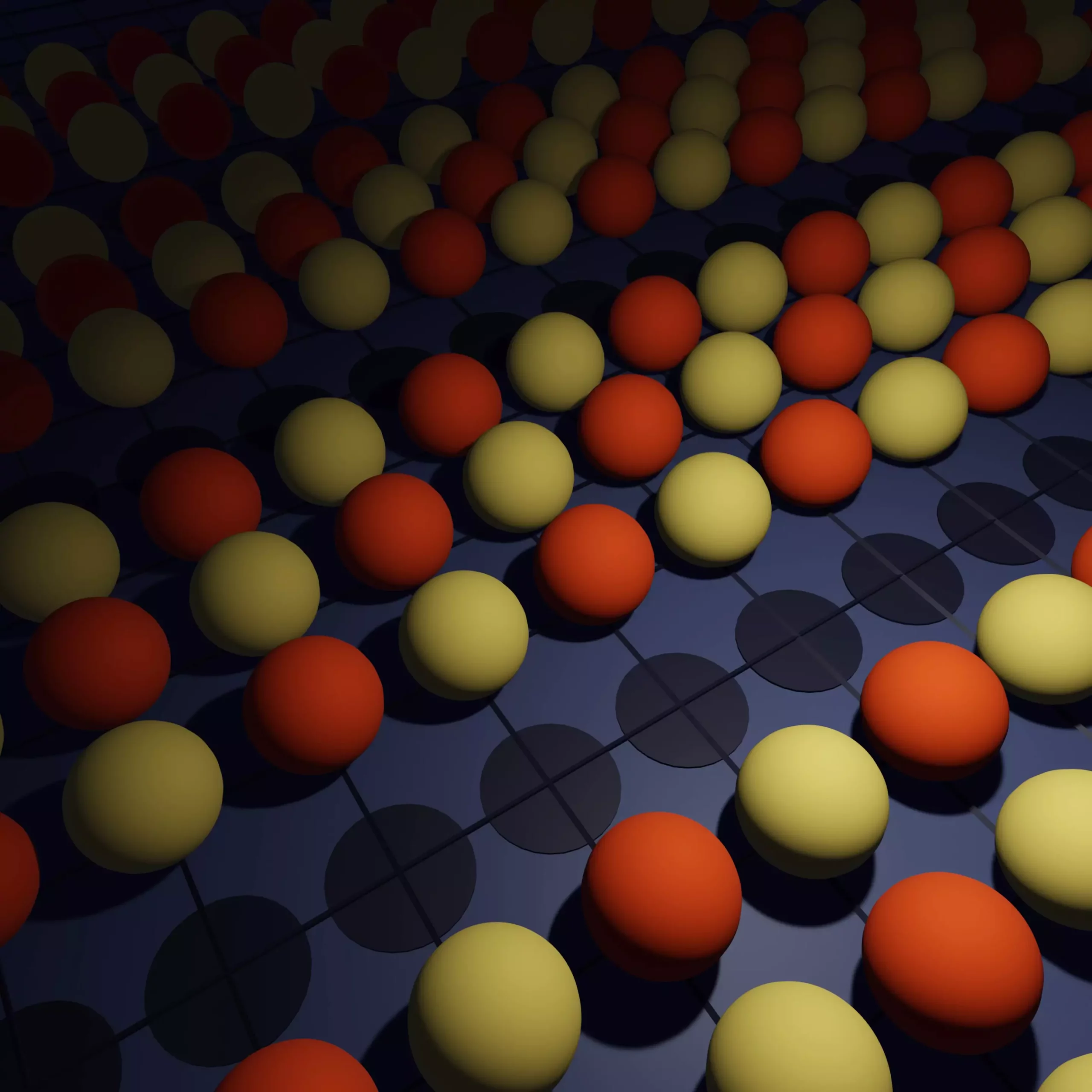Recent advancements in quantum physics have yielded astonishing insights into some of the field’s most enduring puzzles, particularly concerning the pseudogap—a phenomenon intricately linked to superconductivity. Published in the esteemed journal *Science*, this groundbreaking research outlines a robust framework for understanding the pseudogap and paves the way for the ultimate goal of achieving room-temperature superconductivity. This achievement could revolutionize technology, enabling lossless electricity transmission, more efficient medical imaging through MRI machines, and even levitating trains that glide at astonishing speeds.
Superconductive materials, particularly those based on copper-oxygen compounds, have intrigued scientists for decades due to their ability to conduct electricity without resistance at remarkably low temperatures, often below -140 degrees Celsius. However, as the temperature rises, these materials enter a state known as the pseudogap, which exhibits characteristics of both metals and semiconductors. This dual behavior poses a significant challenge: understanding the nature of the pseudogap and its implications in the overarching quest for superconductivity as temperatures approach absolute zero (-273.15 degrees Celsius), where molecular motion ceases.
Charting the Unknown
In their quest for clarity, researchers have drawn an analogy to navigating a foggy landscape; previously obscured peaks and valleys are now becoming visible. Study co-author Antoine Georges, a leading figure in the field and director at the Flatiron Institute’s Center for Computational Quantum Physics, metaphorically describes their findings as a gradual lifting of the fog, allowing a more complete exploration of the pseudogap landscape. The team’s findings are poised to redefine the understanding of high-temperature superconductors, offering a clearer path toward practical applications that would dramatically change modern technology.
One of the primary difficulties in studying these quantum materials arises from the complex phenomenon of quantum entanglement. In simple terms, when electrons become intertwined, they cannot be independently examined even after separation. Modeling the collective behavior of multiple electrons is computationally demanding, often exceeding the capabilities of even the most advanced computing systems. As Georges notes, achieving precise simulations is extraordinarily challenging. Researchers must instead rely on innovative algorithms and theoretical simplifications.
A renowned approach called the Hubbard model has served as a foundation for this research. This model simplifies the interactions of electrons, conceptualizing them as pieces on a chessboard. Each electron can occupy adjacent spaces while adhering to specific rules regarding spin and energy costs, allowing scientists to explore various computational methods that suit differing temperature conditions.
Crucially, a vast chasm exists between effective modeling at absolute zero and finite temperatures—this elusive “in-between” state is where the pseudogap resides. Employing an innovative algorithm known as diagrammatic Monte Carlo, first refined in 2017, the research team tackled this computationally precarious middle ground. This approach stands apart from traditional quantum Monte Carlo methods by analyzing interactions across the entire system simultaneously.
Utilizing this sophisticated technique, the research team delved into the behavior of pseudogap materials as temperatures approach absolute zero. Earlier studies indicated that these materials could transition into either superconductors or develop structured patterns known as “stripes,” depending on electron concentrations. But the exact relationship between these alterations remained poorly understood. Their findings confirmed that as materials cool, they indeed do progress from the pseudogap into stripe configurations, shedding light on the material’s behavior near absolute zero.
Another crucial insight from the research team emerged regarding the driving force behind the pseudogap’s formation. As certain electron arrangements evolved from uniform distributions to patterned variations, the pseudogap emerged, correlating with observable electron configurations. These revelations have immediate implications for refining the Hubbard model and its application in experimental settings.
This renewed understanding underscores a larger collaborative effort among scientists to merge diverse computational methodologies to disentangle these challenging concepts. More than just solving a puzzle, the implications of their findings extend far beyond numerical calculations, intertwining with experimental approaches within quantum gases—a rapidly growing intersection of quantum optics and condensed matter physics.
The study’s outcomes not only illuminate the previously murky waters surrounding the pseudogap but also provide a critical foundation for advancements in various practical applications, including ultracold quantum gas simulations. These findings may open doors to experimental setups that operate near pseudogap conditions, thus bridging the gap between theoretical predictions and tangible experimentation. In the field of condensed matter physics, researchers find themselves on the cusp of unprecedented discoveries, aiming to harness the full potential of superconductivity and its transformative implications for technology.

